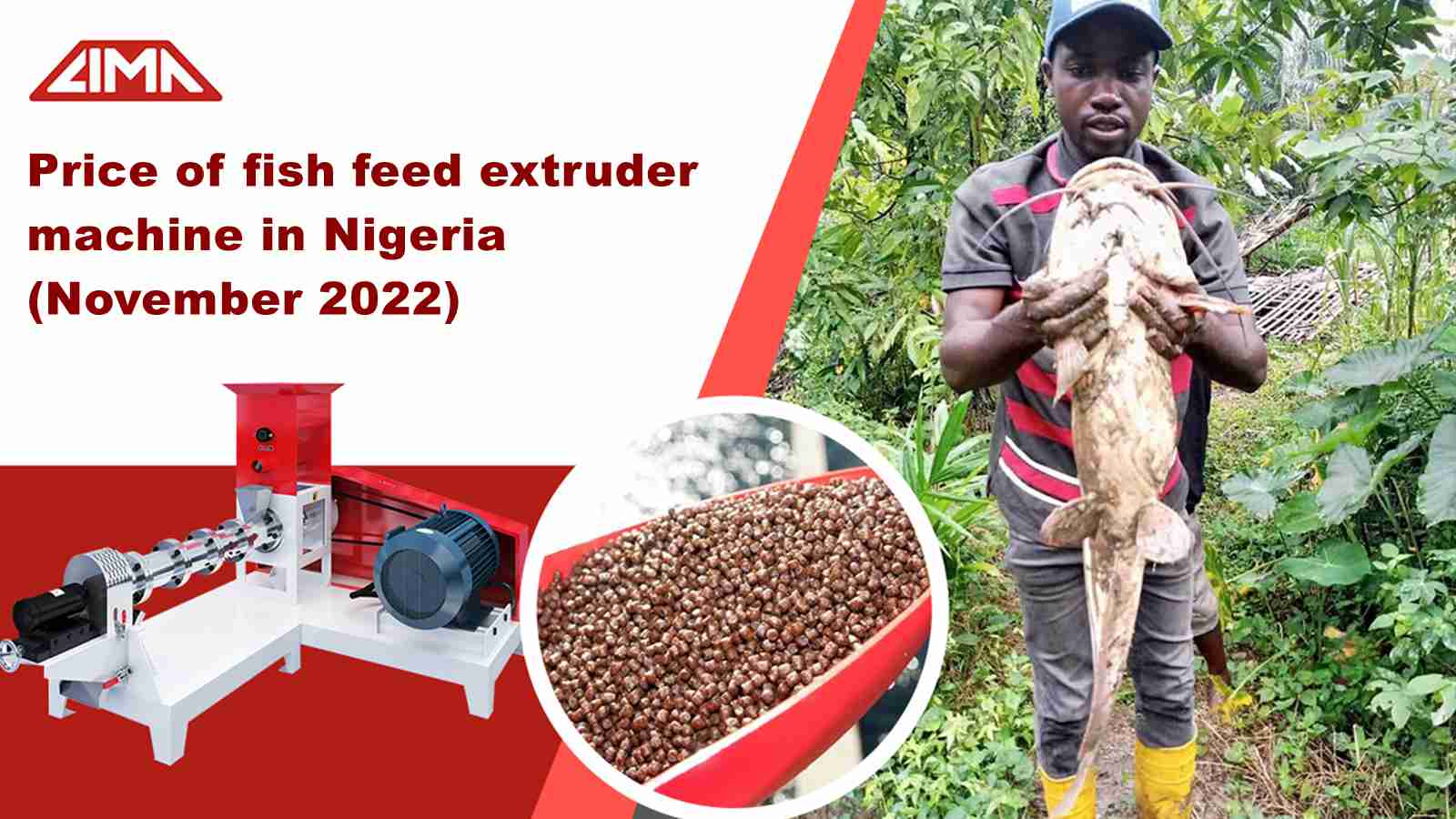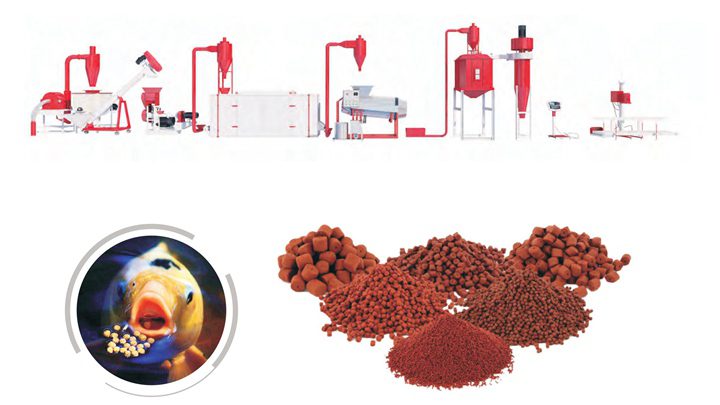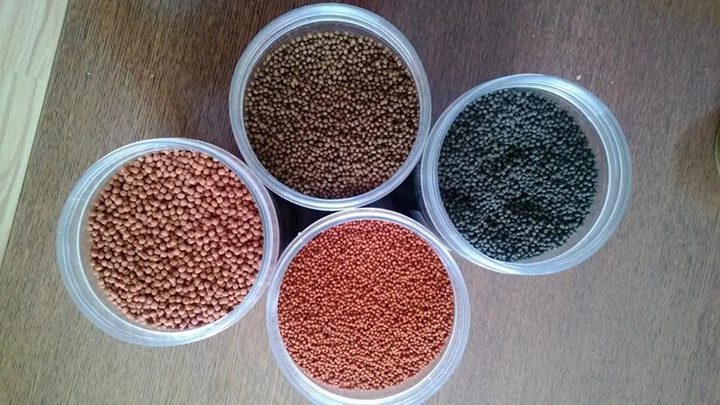The conditioning of feed production generally refers to the powder stage before the pelletizing and puffing process, all the additions and changes between all materials entering the mixer and entering the ring cavity of the pelletizer.
Traditionally, we will add steam in the conditioning stage. Of course, we can also use some liquid conditioning solutions. These operation steps can be added during the mixing process.
Lima machinery has been in the fish feed pellet industry for nearly ten years, focusing on the production of fish food extruded pellet machines. In addition, our factory has dozens of different fish feed pellet production line solutions for customers to choose from. After continuous communication with customers, our feed pellet machine has received praise from customers, especially those in Africa and South Asia. If you have any questions, please feel free to contact us, our professional technicians are more than happy to help you.
Why is conditioning required?
The first point that affects the quality of feed pellets is conditioning.
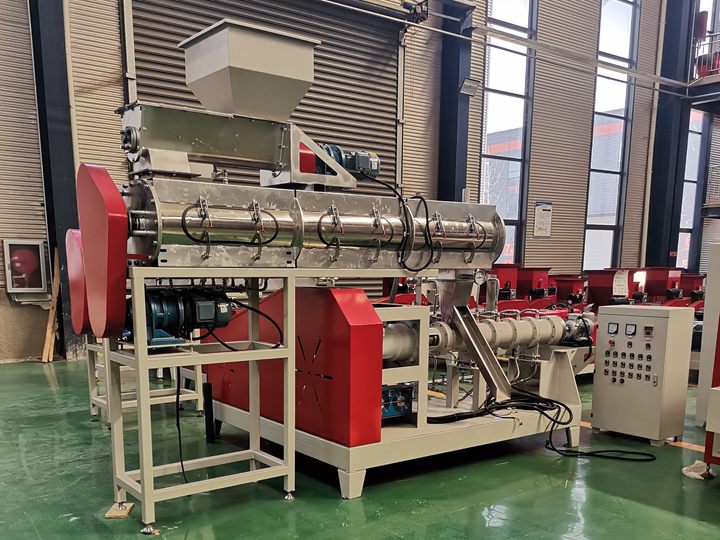
In the process of fixed-molded feed production, the factors affecting the quality of pellets account for 60%. In fact, it has been fixed and cannot be changed before entering the mixer. The most important change we can make is a conditioning, and conditioning accounts for 60%. 20% of the overall influencing factors, and this 20% is precisely the most critical step in the process of qualitative transformation of raw materials to feed in production.
Of course, the crushing particle size, the selection of raw materials, and the specifications of the production equipment also have a certain relationship with the particle quality.
Three elements of conditioning: Moisture, Temperature, Time
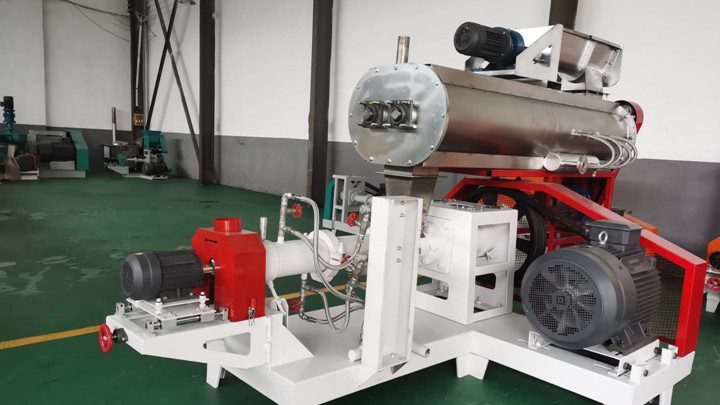
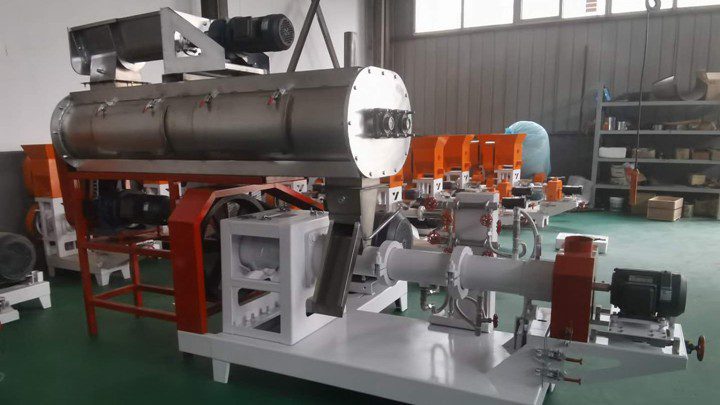
1.Time: Depends on the type of conditioner. The longer the conditioning time, the longer the contact and mixing time between the steam and the powdery feed, and the more steam added, which is more conducive to the starch mixing of the livestock and poultry feed.
2. Temperature: The granulation temperature of livestock and poultry pellets is between 78-83 degrees Celsius, the purpose is to melt starch and kill harmful bacteria.
3. Moisture: Conditioning and tempering is the most important factor affecting the quality of pellets. The best conditioning moisture is 16-17%. The moisture content of most powders is only 14.5% or even lower, which requires better conditioning to improve the moisture content of powders.
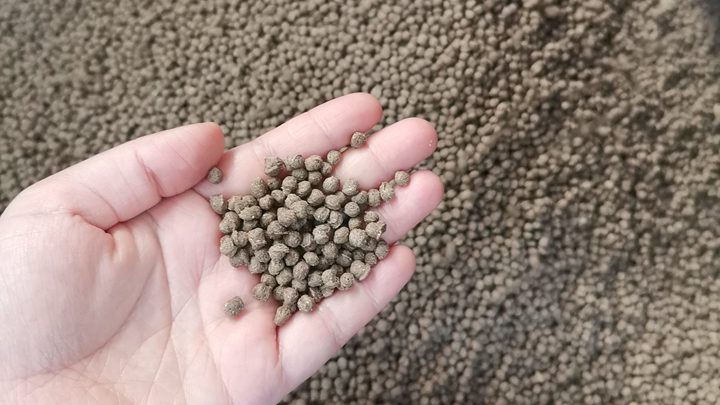
Considering different environmental factors, such as temperature and humidity in summer, rainy season, or winter are very different, which will also affect the moisture of raw materials and feeds, and it is necessary to understand water activity indicators to prevent feed safety risks.
Choosing the right fish pellet equipment can make your aquaculture more effective. The feed pellet processed by Lima floating fish feed pellet machine has the advantages of high hardness, smooth surface, complete internal cooking, and good palatability. We also have a variety of fish food pellet production line configurations for customers to choose from. Choosing the Lima fish food pellet machine allows you to obtain the best economic benefits.

